James Cheney
Hack Me If You Can: Aggregating AutoEncoders for Countering Persistent Access Threats Within Highly Imbalanced Data
Jun 27, 2024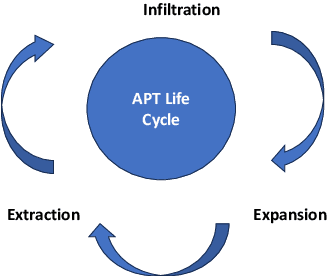
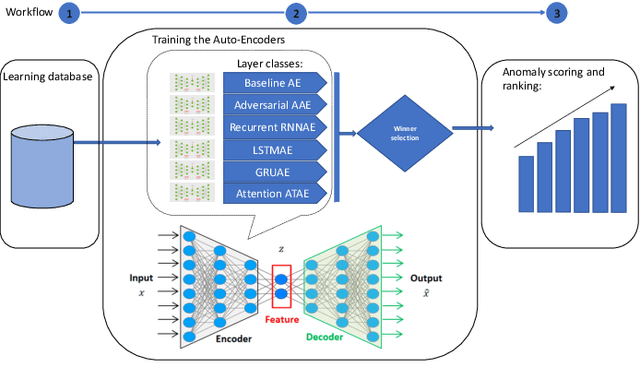
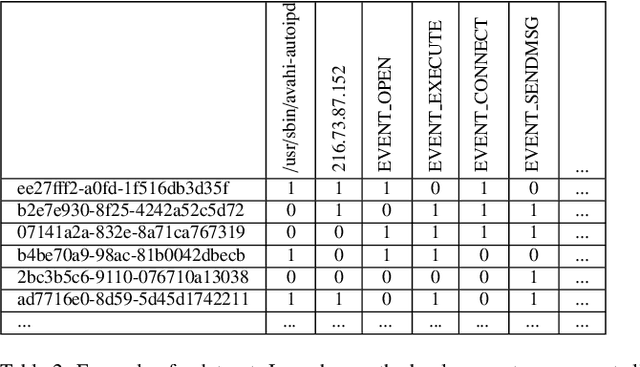
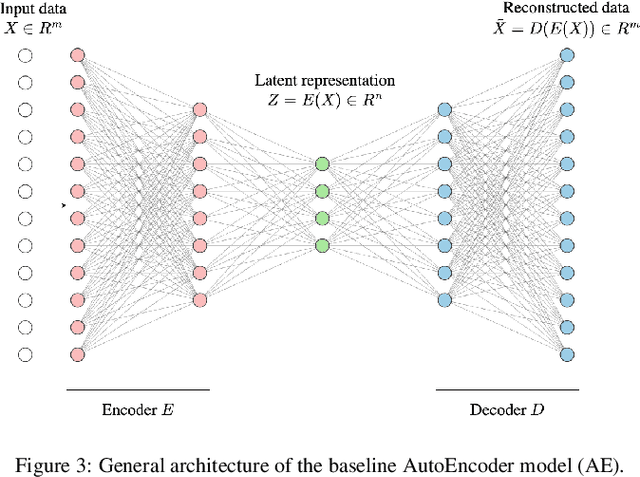
Abstract:Advanced Persistent Threats (APTs) are sophisticated, targeted cyberattacks designed to gain unauthorized access to systems and remain undetected for extended periods. To evade detection, APT cyberattacks deceive defense layers with breaches and exploits, thereby complicating exposure by traditional anomaly detection-based security methods. The challenge of detecting APTs with machine learning is compounded by the rarity of relevant datasets and the significant imbalance in the data, which makes the detection process highly burdensome. We present AE-APT, a deep learning-based tool for APT detection that features a family of AutoEncoder methods ranging from a basic one to a Transformer-based one. We evaluated our tool on a suite of provenance trace databases produced by the DARPA Transparent Computing program, where APT-like attacks constitute as little as 0.004% of the data. The datasets span multiple operating systems, including Android, Linux, BSD, and Windows, and cover two attack scenarios. The outcomes showed that AE-APT has significantly higher detection rates compared to its competitors, indicating superior performance in detecting and ranking anomalies.
A Rule Mining-Based Advanced Persistent Threats Detection System
May 20, 2021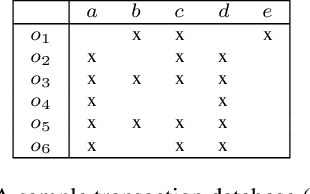
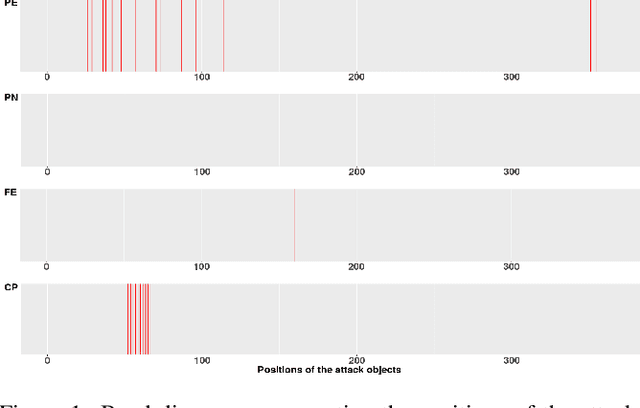


Abstract:Advanced persistent threats (APT) are stealthy cyber-attacks that are aimed at stealing valuable information from target organizations and tend to extend in time. Blocking all APTs is impossible, security experts caution, hence the importance of research on early detection and damage limitation. Whole-system provenance-tracking and provenance trace mining are considered promising as they can help find causal relationships between activities and flag suspicious event sequences as they occur. We introduce an unsupervised method that exploits OS-independent features reflecting process activity to detect realistic APT-like attacks from provenance traces. Anomalous processes are ranked using both frequent and rare event associations learned from traces. Results are then presented as implications which, since interpretable, help leverage causality in explaining the detected anomalies. When evaluated on Transparent Computing program datasets (DARPA), our method outperformed competing approaches.
Categorical anomaly detection in heterogeneous data using minimum description length clustering
Jun 14, 2020
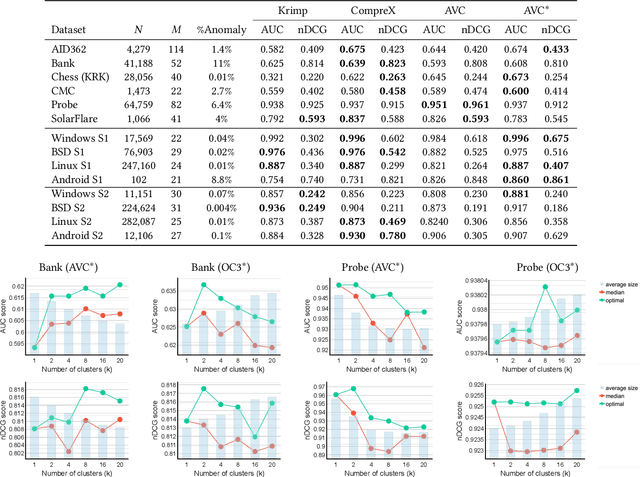
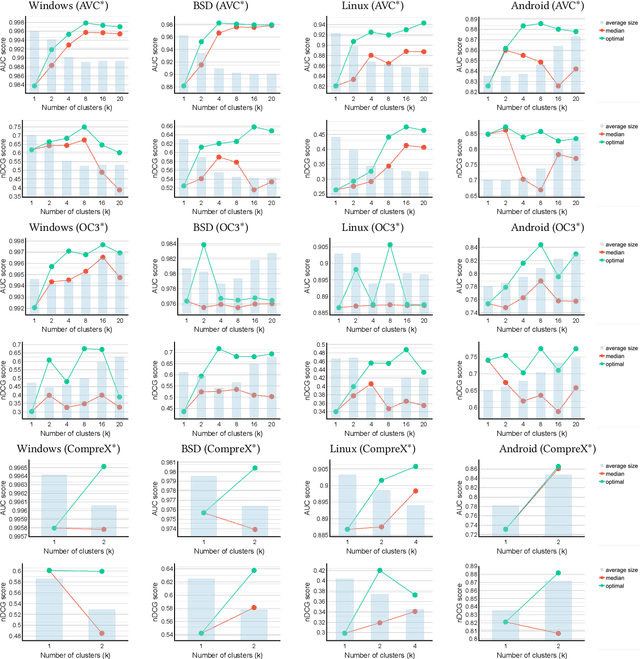

Abstract:Fast and effective unsupervised anomaly detection algorithms have been proposed for categorical data based on the minimum description length (MDL) principle. However, they can be ineffective when detecting anomalies in heterogeneous datasets representing a mixture of different sources, such as security scenarios in which system and user processes have distinct behavior patterns. We propose a meta-algorithm for enhancing any MDL-based anomaly detection model to deal with heterogeneous data by fitting a mixture model to the data, via a variant of k-means clustering. Our experimental results show that using a discrete mixture model provides competitive performance relative to two previous anomaly detection algorithms, while mixtures of more sophisticated models yield further gains, on both synthetic datasets and realistic datasets from a security scenario.
Towards meta-interpretive learning of programming language semantics
Jul 20, 2019Abstract:We introduce a new application for inductive logic programming: learning the semantics of programming languages from example evaluations. In this short paper, we explored a simplified task in this domain using the Metagol meta-interpretive learning system. We highlighted the challenging aspects of this scenario, including abstracting over function symbols, nonterminating examples, and learning non-observed predicates, and proposed extensions to Metagol helpful for overcoming these challenges, which may prove useful in other domains.
 Add to Chrome
Add to Chrome Add to Firefox
Add to Firefox Add to Edge
Add to Edge